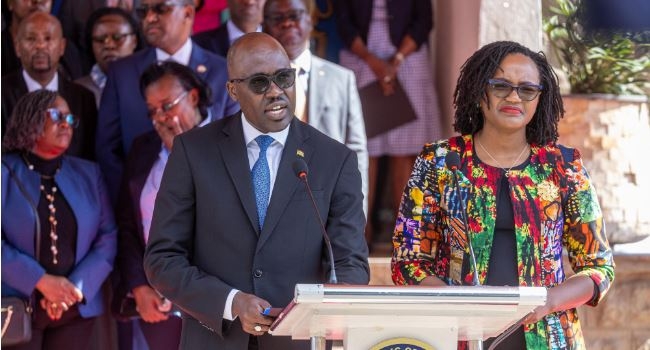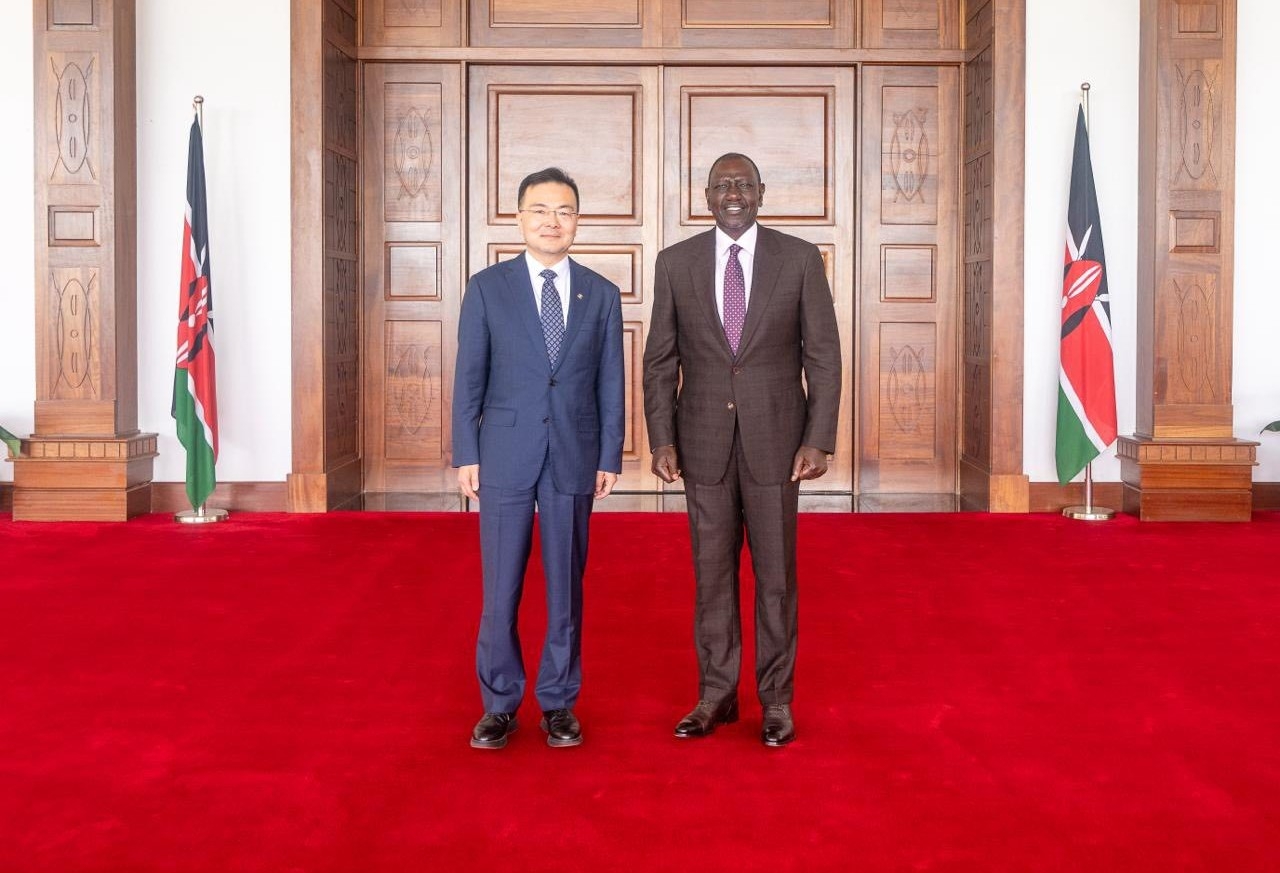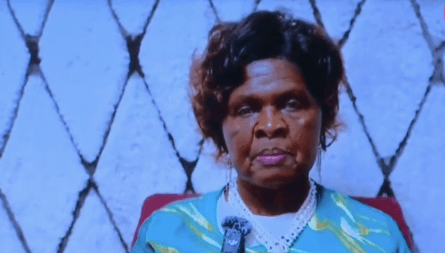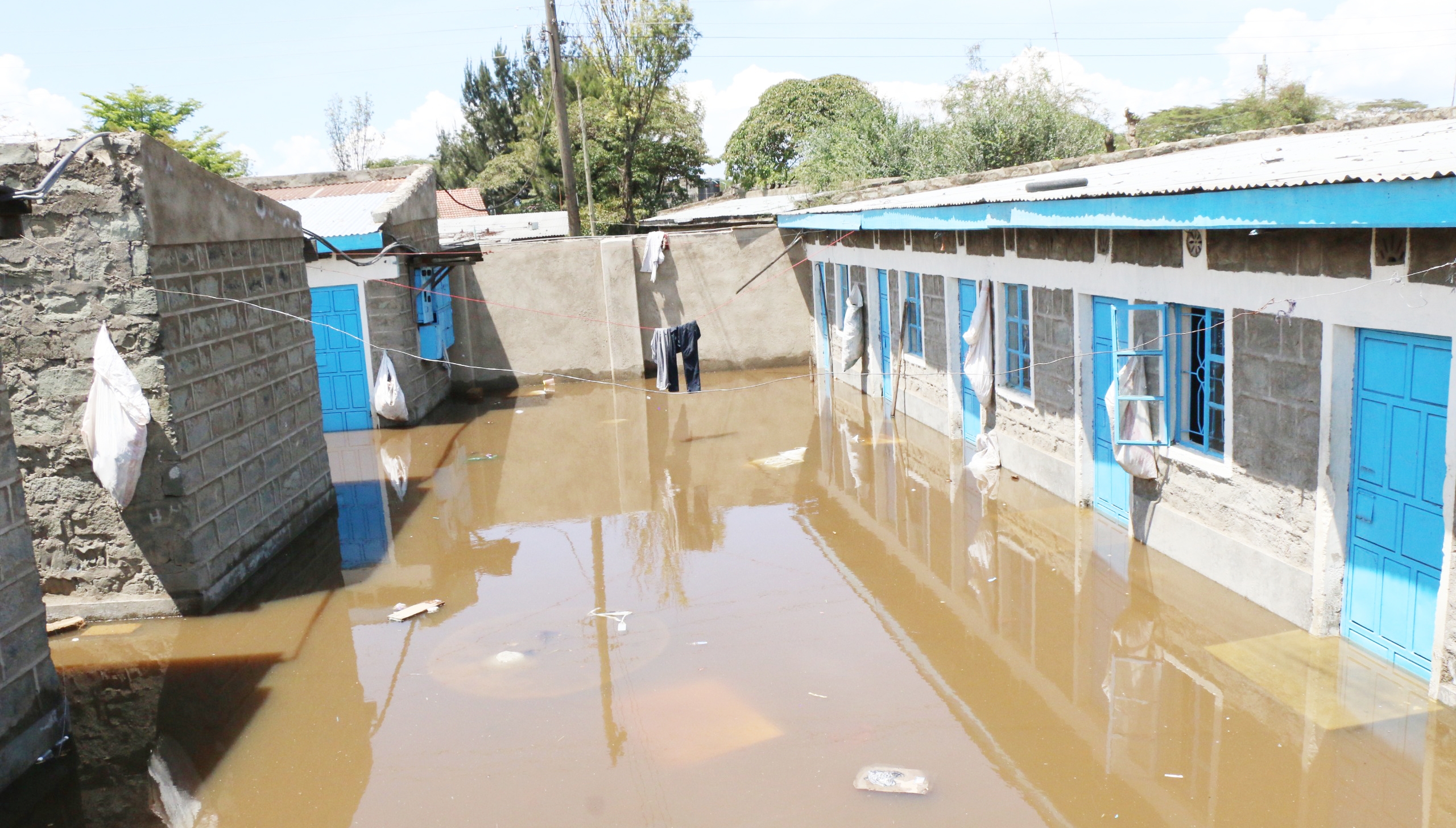Kenya aims at achieving a debt to Gross Domestic Product (GDP) ratio of 55 per cent in the next four years.
National Treasury PS Chris Kiptoo said this when he officiated over the ongoing public participation exercise on amendments to the Public Finance Management Act, 2012 and Public Debt Limit in Nairobi on Friday.
He said Kenya has put in place several measures to achieve the goal.
The government seeks to replace Sh10 trillion numerical debt ceiling with a debt anchor set at 55 per cent debt to GDP in present value terms.
"By setting a debt anchor, we are committing ourselves to a sustainable level of debt that is in line with international best practice. This will help us to manage our debt more effectively and reduce default risks," Kiptoo said.
He added that it will provide certainty for investors and improve the country's creditworthiness.
According to Kiptoo, the government is cutting unnecessary expenditures, increasing revenue collection and pursuing sustainable debt financing options to lower debt vulnerability.
The country's public debt now stands at Sh9.2 trillion or 66 per cent of debt to GDP, 110 basis points higher than the set target.
This is the second time in just a year the government is revisiting the debt ceiling plan after the past regime did away with the debt to GDP ceiling to cap it at Sh10 trillion mid-last year.
Initially, the government had capped debt at Sh9.1 trillion after Parliament approved the debt ceiling limit in 2019. Latest figures by the National Treasury puts Kenya's total debt at Sh9.2 trillion.
The government also wants the law changed to provide that public debt is not restricted as a charge on the Consolidated Fund. The bid is to get a leeway to charge ministries, state departments, and agencies repayments for public debt.
With a debt anchor, Kenya’s debt limit will now become a moving target from an absolute figure with the present value of debt as a percentage of GDP expected to represent the current debt value in contrast to the current value of future cash flows.
Economists use the debt-to-GDP ratio to compare a country's gross national debt to measure how much a country owes, in comparison to everything the country produces.
A high ratio—like 101 per cent—means that a country isn't producing enough to pay off its debt. A ratio of 100 per cent indicates just enough output to pay debts, while a lower ratio means enough economic output to make debt payments.
The International Monetary Fund (IMF) caps debt to GDP at 72 per cent.
To ensure that the government doesn't breach the ceiling, the proposed law requires the National Treasury CS to prepare a report to the Parliament explaining the breach and remedial plan to avert similar occurrences.
Even so, some institutions like Moody's have opposed this formula in determining creditworthiness, recommending debt to exports ratio.
Debt service as a proportion of exports of goods and services is the percentage of debt services (principal and interest payments) to the exports of goods and services.
















